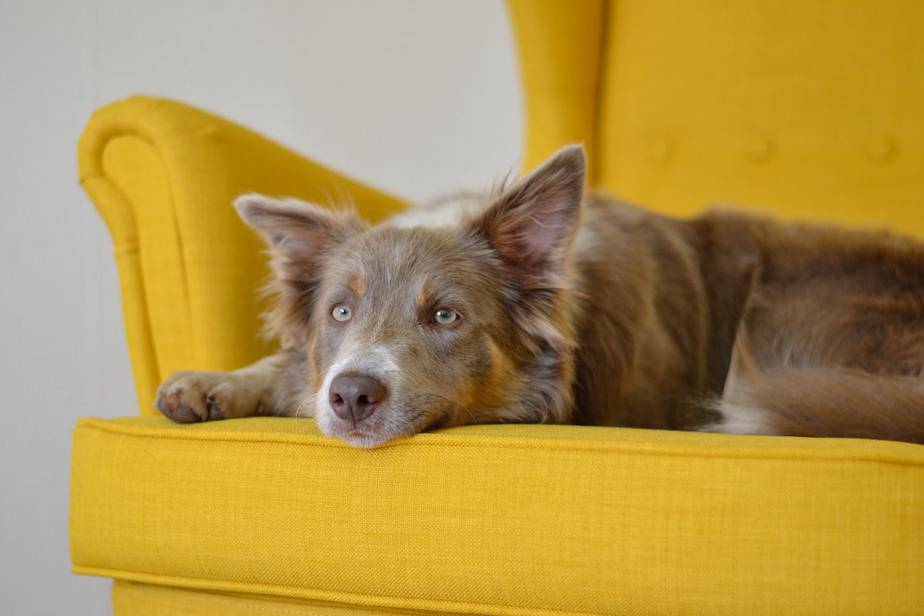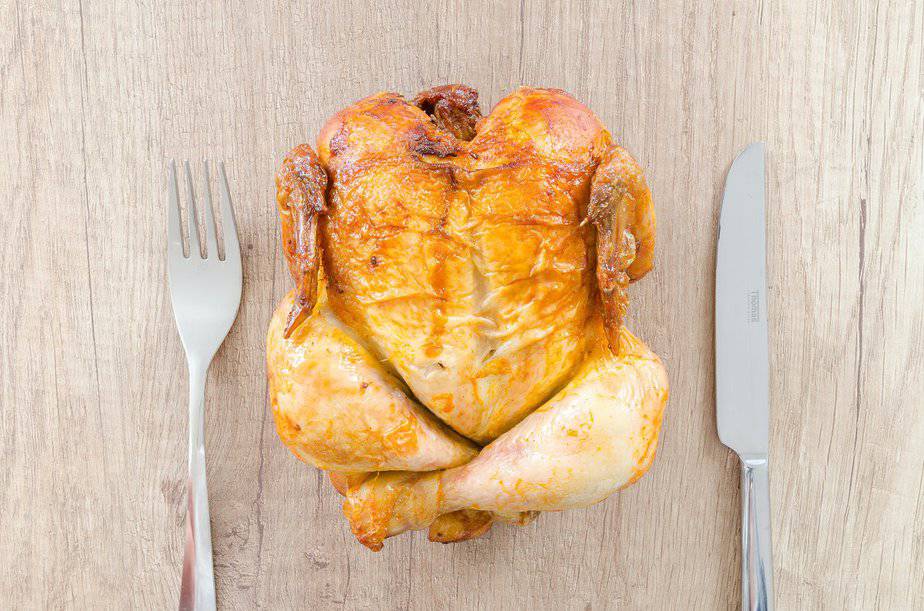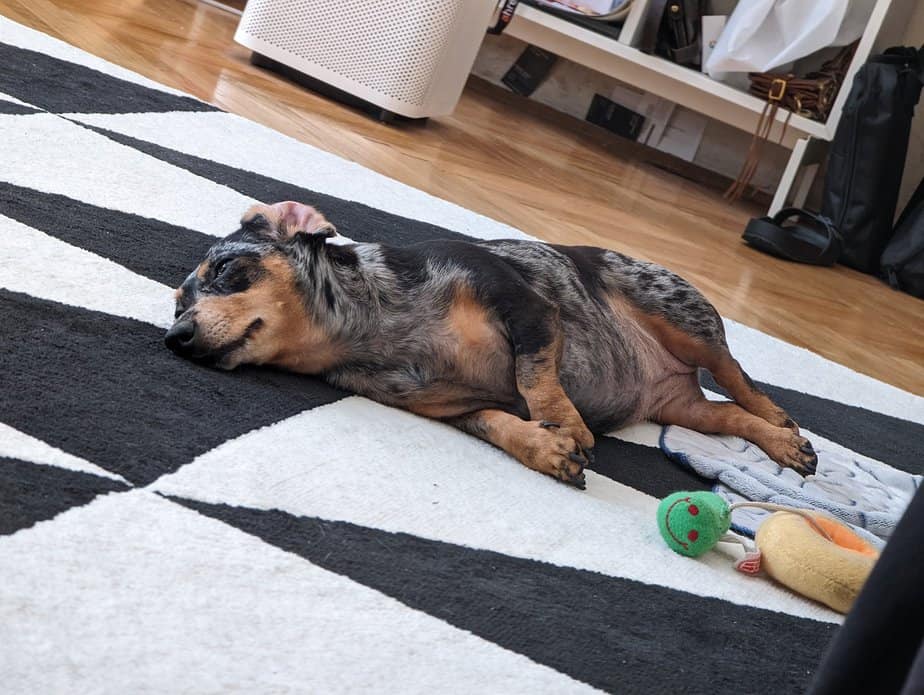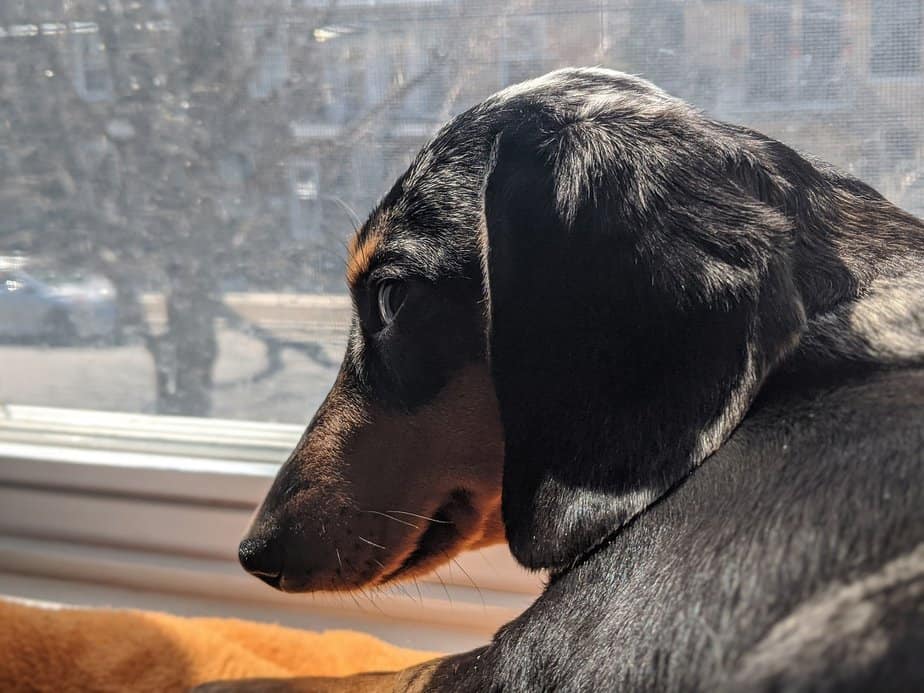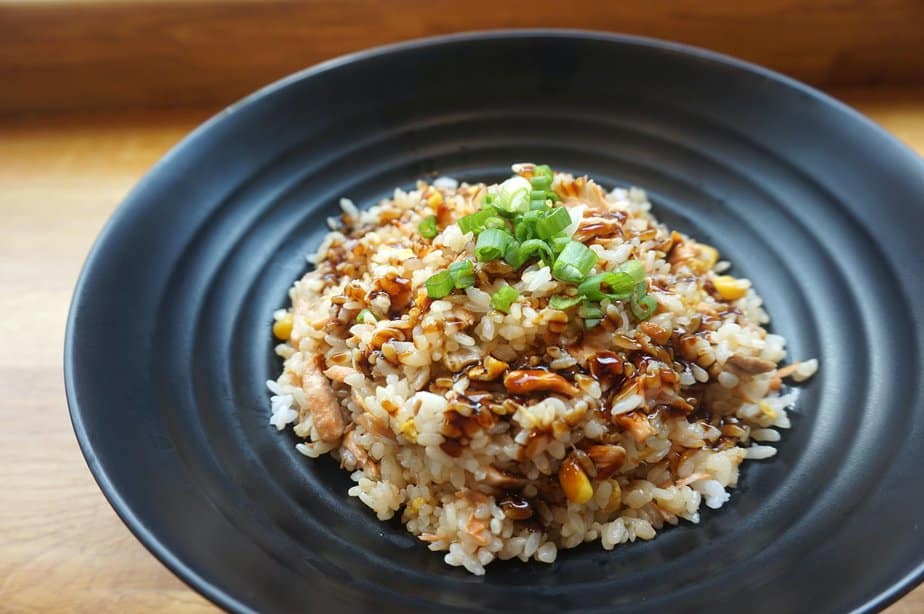Dogs mature and age at many different rates, usually according to size and breed. As your dog gets older, you will need to make some adjustments. Just like us, dogs develop aches and pains on top of medical problems that come with old age. Here are some things you can do to help care for your senior pet:
- Protect him from excessive heat and cold. Older dogs are unable to regulate their body temperature like a younger dog.
- Try to give your dog regular exercise. Make sure your dog’s health matches his exercise routine. If your dog exhibits signs of heavy panting or opposes exercise, you need to change his routine.
- Adapt his diet and feeding schedule to his needs. As dogs age they are less active and need fewer calories.
- Senior dogs require special dental care. Complete dental cleaning should be performed by your vet every six months which does require anesthesia.
- Older dogs need extra bathing and grooming. They also require more frequent nail trimming.
How do you know if your dog is approaching his golden years?
Different breeds of dogs mature at different rates, but a good rule of thumb is the larger the dog, the faster they mature. If you have a labrador, 7 years is already considered senior.
How does your dog show the signs of age?
A healthy senior dog will most likely have a decrease in energy level. He may nap more, or become tired more easily. Your senior dog may also be stiff after play or upon getting up after a rest.
How do you know the difference between normal wear and tear and arthritis or an injury?
If your dog loosens up after mild activity, he’s probably just showing some signs of age. Dogs who seem to feel worse as the days go on should be seen by a vet to rule out other possibilities.
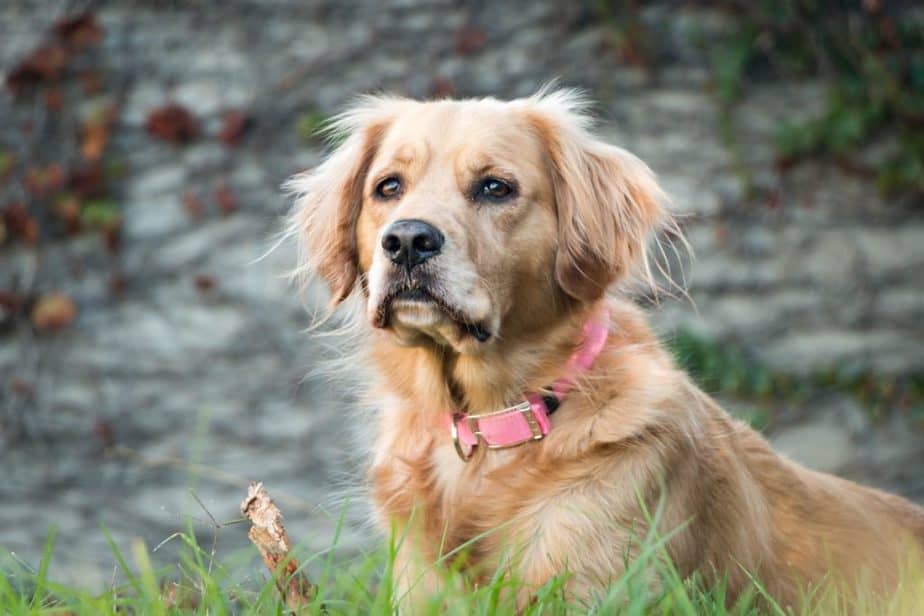
Exercise
A good exercise regimen can help your pet avoid problems common in the senior dog such as weight gain and arthritis. Exercise also improves digestion and circulation. Just make sure you don’t overdo it! A leisurely walk or two a day plus some low-key playing should do the trick. Walking stimulates the blood circulation and keeps the heart muscles stronger. And always make sure that your dog stays well hydrated.
Access to fresh water is absolutely necessary
Nutrition
As dogs age, dietary needs will change. As a general rule of thumb, a good senior dog food will have fewer calories, enough protein, and vitamins and minerals that help your dog’s coat and teeth stay strong and healthy. Weight gain due to slowing metabolism is a common problem with senior dogs.
How do you know if your dog is overweight?
Try this simple test. Put your hands on his backbone and feel for his ribcage. If you can’t feel it, chances are your dog needs to shed a few pounds. Since this is a common problem among older dogs, there are a number of foods on the market with lower fat and calories.
Senior dog diet
You now have on the market “senior” food formulas:
- formulated with low in fat and salt for a healthy heart,
- lower calories to help combat obesity since they are less active,
- lower protein to help the kidneys and liver,
- and higher fiber for the bowels to prevent constipation.
A switch to a specially formulated commercial diet for the older dog helps keep your dog in shape. Your objective in managing the nutrition of the older dog is to enhance your pet’s quality of life, delay further ageing changes, and to extend his life whilst maintaining optimal weight. You are also trying to slow down the onset of disease and improve immune function.
Less activity = fewer calories
Older dogs will generally be less active than younger dogs so as a rule will require a less energy-dense dog food. Continuing to feed a dog the same amount of food with less exercise will inevitably result in obesity, a problem all too common in many dogs today.
In the old dog obesity can be a bigger problem than in the young dog as there may also be concurrent arthritis and organ problems that will be worsened by weight gain.
Avoid Cereal or too much protein
For the older dog a good quality animal protein based on meat, fish eggs, milk or cheese is better than cereal protein. A balance needs to be struck between providing too much protein which may be a problem for dogs with renal failure (a common problem in older dogs), and providing too little.
As ageing dogs tend to have less muscle and bone, they will have less of a tissue protein reserve and need a certain level of protein in their diet to avoid a negative nitrogen balance.
Your veterinarian is the best person to monitor your ageing dog’s renal function and advise the appropriate level of protein in his diet.
If your older dog won’t eat, make the food tastier
When your dog’s protein intake is low due to inappetance, this can be increased by heating the food to increase palatability and release more aromas, and by feeding smaller more frequent meals and by supplementing with vitamins.
Check the ingredients
- Carbs are often in dog food as cheap ingredients: cereals and legumes mostly.
- Be sure to check the sugar content of your dog food.
- Fats are essential (in moderation) as they are a vehicle for essential fat-soluble vitamins.
- Fibre helps with constipation. Adding fibre in the form of wheat bran or cooked vegetables two or three times a week will help to keep your elderly dog regular!
Most dog foods will have more than adequate levels of calcium and phosphorus for senior dogs. Some supplementation of zinc and vitamins may be helpful, particularly the vitamin B complex. The main food types for the older dog are – dry, semi-moist or canned. Diet changes should be made slowly to prevent tummy upsets and diarrhea. Be sure to have plenty of water available for your dog, particularly if fed a dried food, and also if kidney and liver disease is a problem. Reduced appetite in older dogs may be helped by feeding them 2 or more times per day with smaller portions so that they get their full daily requirement. There are many commercial senior dog food diets now available.
Veterinary Care
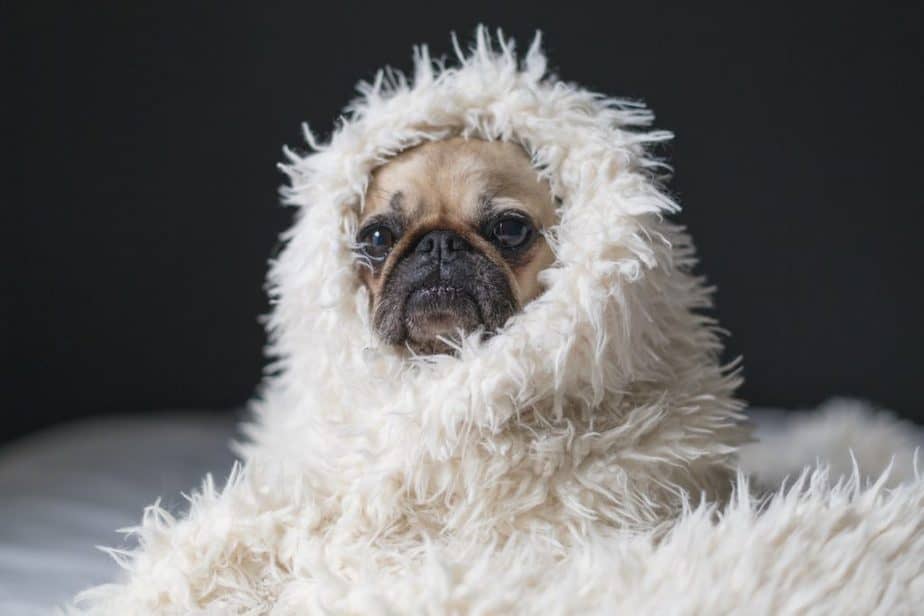
In addition to regular check-ups and shots, ask your vet about twice-annual geriatric screenings.
Give your senior dog the right care during its golden years
Depending on the breed, your dog’s lifespan will be anywhere from 7 to 17 years. A dog’s “middle age” is usually from ages 4 to 8, anything after that is a bonus and your dog is in “old age”.
All through life keep your dog at its optimum weight and do not allow it to become fat. Obesity is the biggest cause of other major health concerns in the dog, such as kidney and liver malfunction, diabetes and arthritis. Don’t give too many treats – this will add pounds! Feed twice daily or once daily and pick the food up that is not eaten. This is also the best way to regulate the amount you are feeding your dog.
Old dogs sometimes lose their teeth – you can ensure they eat their food by adding water to the kibble and pre-soaking it. Remember, however, that this will lead to more plaque on the teeth, and brushing the dog’s teeth daily will help to take care of this problem.
Old dogs often develop arthritis
Arthritis will be compounded by obesity… the BEST way to prevent this particular condition is to keep your dog trim! A good way to prevent the severity of arthritis is to feed a food that is labelled “Senior” as most of these foods have the right combination of nutrients to prevent obesity, including chondroitin and sulfate.
Old dogs do not move as easily
The best place to keep your old dog is inside. If you can’t do this, provide shelter and be sure to check in extreme weather conditions that your dog is protected from the elements or can get to protection. Your dog is likely to suffer more from joint pain. There are several companies out there that do bedding for dogs designed to take the pressure off of aging and aching joints. These are often made of memory foam or eggshell foam, and have removable covers that can be machine washed in case your senior dog has an accident.
Old dogs generally do not see as well so make sure that you don’t introduce new or dangerous articles into the environment where your dog generally moves. Sometimes the old dog can’t see this new item and will stumble into it.
Since they spend most of their time lying down, it is possible that the underbelly can get inflammations or a matted coat. If your old dog no longer wants to be brushed, and this is often true of longer-coated dogs, then shave the parts of the body that become the most matted (under the tail, the belly, under the elbows, etc.).
As your dog grows older, the best rule of thumb is to pay attention to details:
- irregular breathing
- episodes of panting
- episodes of crying or whining
- weakness in the rear legs
All these things should be reported to your vet.
Medical attention
You’ll probably find that your older dog needs more medical attention than before because age-related problems start to kick in. If possible, make more frequent vet visits and keep vaccinations up to date. A yearly geriatric screen, including blood and X-ray would also be useful to keep a closer eye on his health.
Patience
Patience is a key factor on your part when you deal with your beloved dog as he grows older. Try to give them more time and understanding because they are not in their prime anymore.
